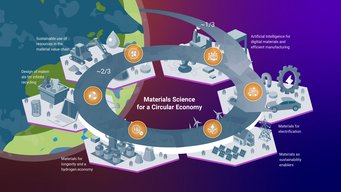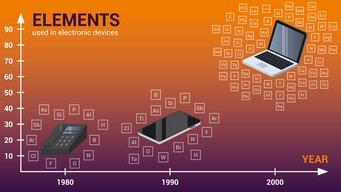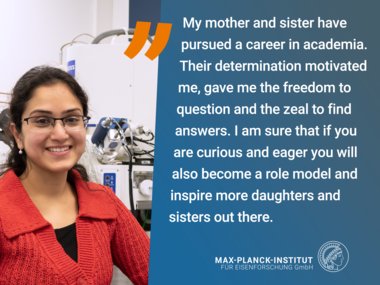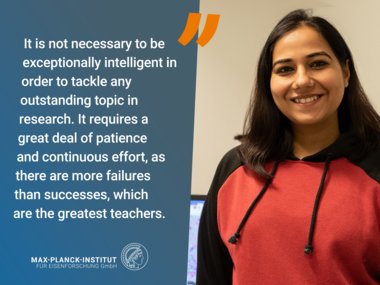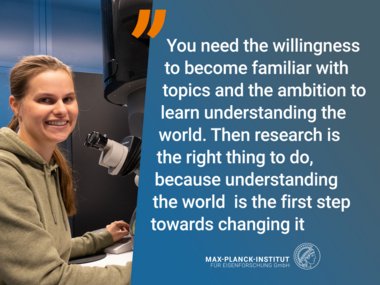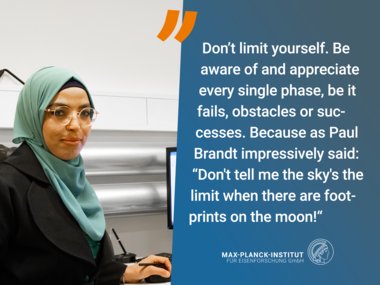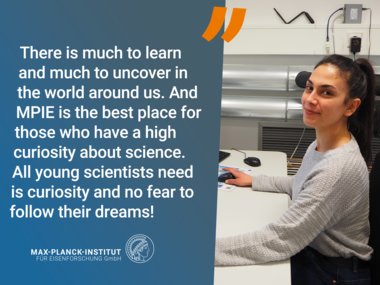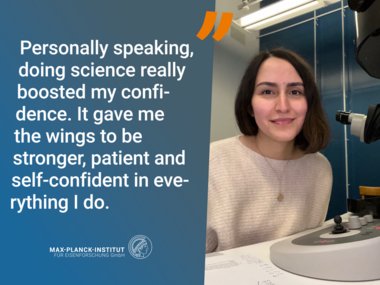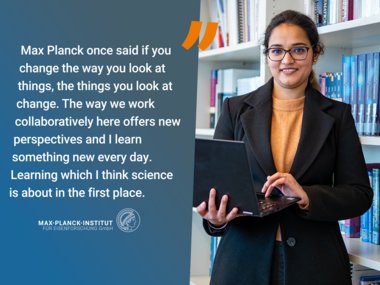
About us
Pioneering materials, shaping a sustainable tomorrow
Are you aware that the steel industry accounts for 8% of global carbon dioxide emissions? Did you know that e-waste, often discarded or incinerated, weighs as much as 350 mega cruise ships, yet contains numerous valuable and strategically important metals that are not recycled? A smartphone alone consists of up to 50 different elements, many of which are precious or rare-earth metals.
At our institute, we confront one of today's most urgent challenges: transforming materials, which are major contributors to greenhouse gas emissions and environmental decline, into sustainable resources that drive a circular economy.
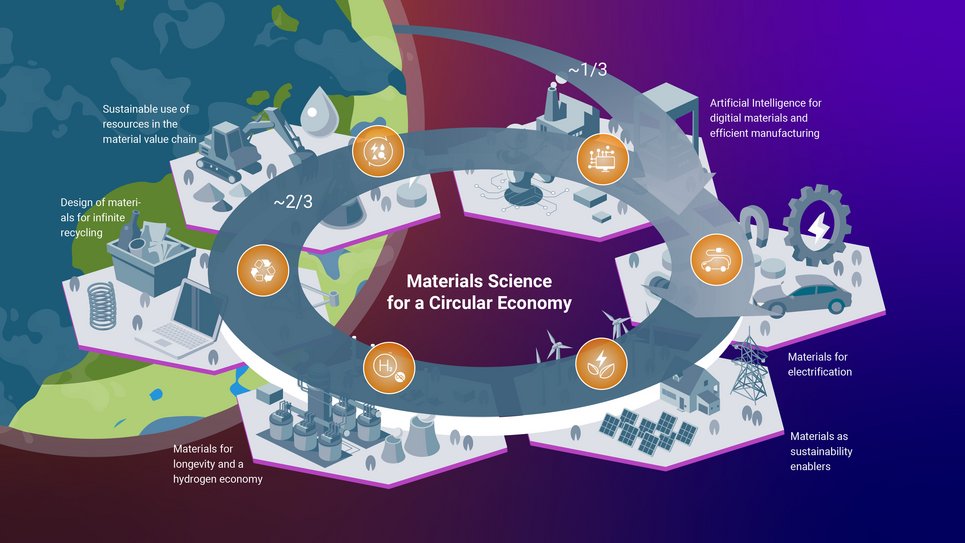
How do we produce and recycle materials sustainably for our growing population? Can we make steel without emitting CO2? How about recycling magnets from electric motors? And what about materials fit for a hydrogen economy or enhancing battery lifespan? At the Max Planck Institute for Sustainable Materials we're diving into these questions headfirst!
Founded over a century ago, our institute has undergone a monumental shift to focus on sustainable materials for energy, mobility, infrastructure, manufacturing, and medicine. With global challenges like metal production contributing to over 10% of CO2 emissions, and the need for better recyclability, our team of 350 scientists from 35 countries is on a mission to crack the code of sustainability.
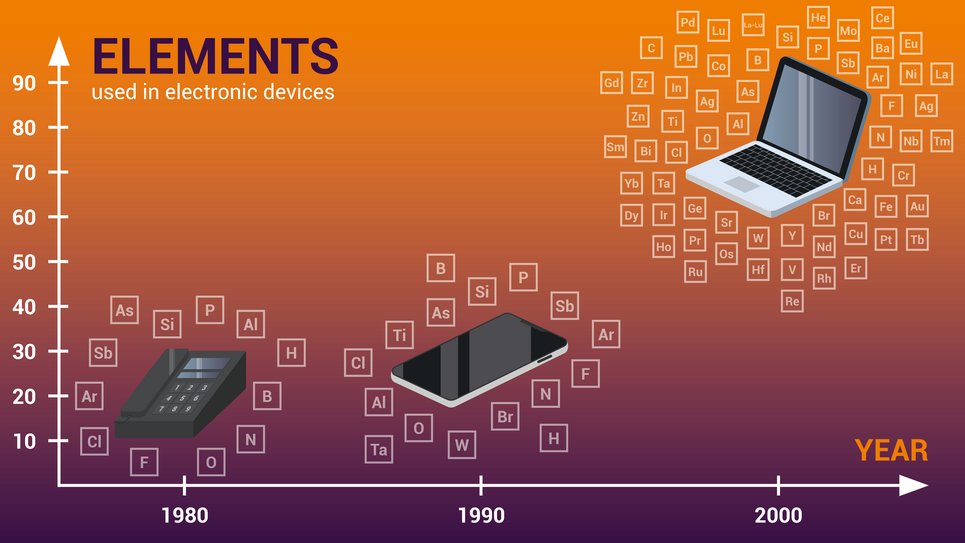
We're not just asking questions; we're finding answers. From using hydrogen instead of fossil fuels to extract metals, to inventing endlessly recyclable materials, we're revolutionizing how we think about materials. And with advanced techniques like artificial intelligence and machine learning, we're making material production more efficient than ever.
We are studying the very structure of materials down to the atomic scale to design alloys that excel in real-world conditions. And we are also finding ways to make materials last longer, reducing waste and creating a truly circular economy.
Inside the World of Materials Research
The institute consists of four departments along with several independent and interdepartmental and partner research groups. These organizational units complement each other in methodology and research focus, fostering cooperation within and beyond the institute's borders. Our central research areas are profoundly interdisciplinary, merging experimental and theoretical expertise to tackle urging technologial challenges. Structure of the institute
In addition to scientific collaborations within and outside the institute, MPI-SusMat has well-established partnerships with material and manufacturing companies, particularly in structural and functional alloy design, advanced characterization methods, surface functionalization, and computational materials science. These collaborations are instrumental in our evolution from a materials-oriented laboratory to a holistic institute dealing with complex materials in various contexts, including construction, production, and extreme environmental conditions. Key growth areas with robust industrial ties include hybrid and electro-mobility, energy conversion and storage, renewable energy, health, hydrogen-based industries, and computational materials science.
MPI-SusMat is not only about science, but we stand for a community build on trust and respect. We are committed to everyday sustainability and diversity and believe that networking and collaboration are key for advancing research. Check out our open positions to join our team!
